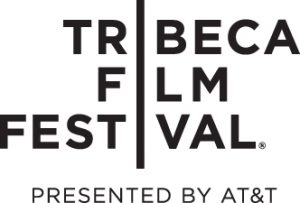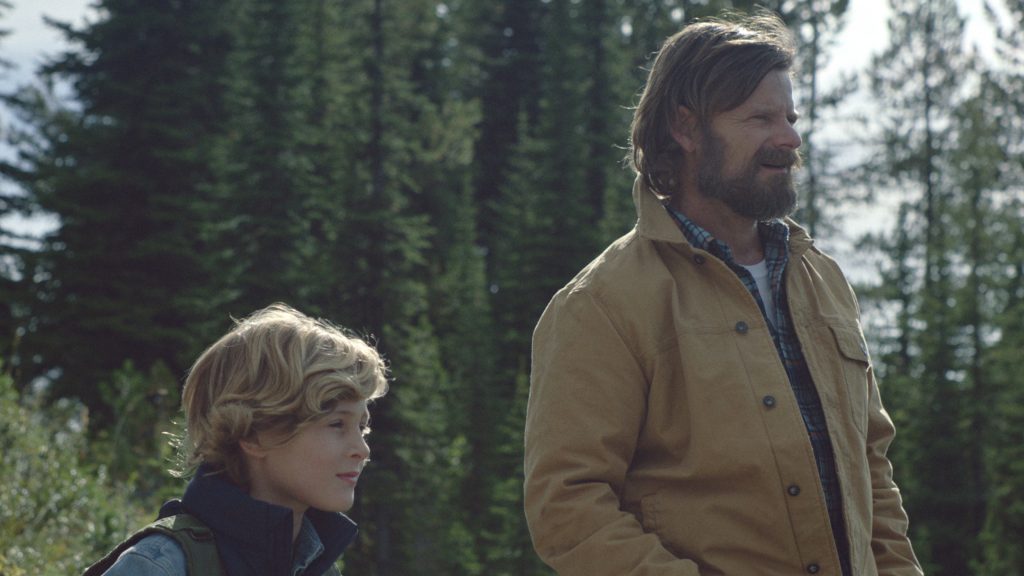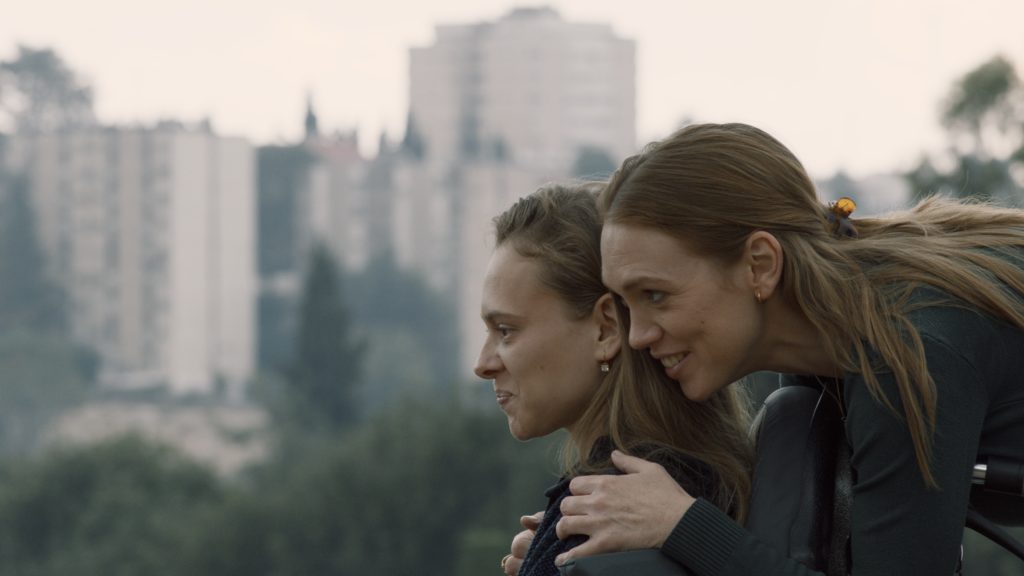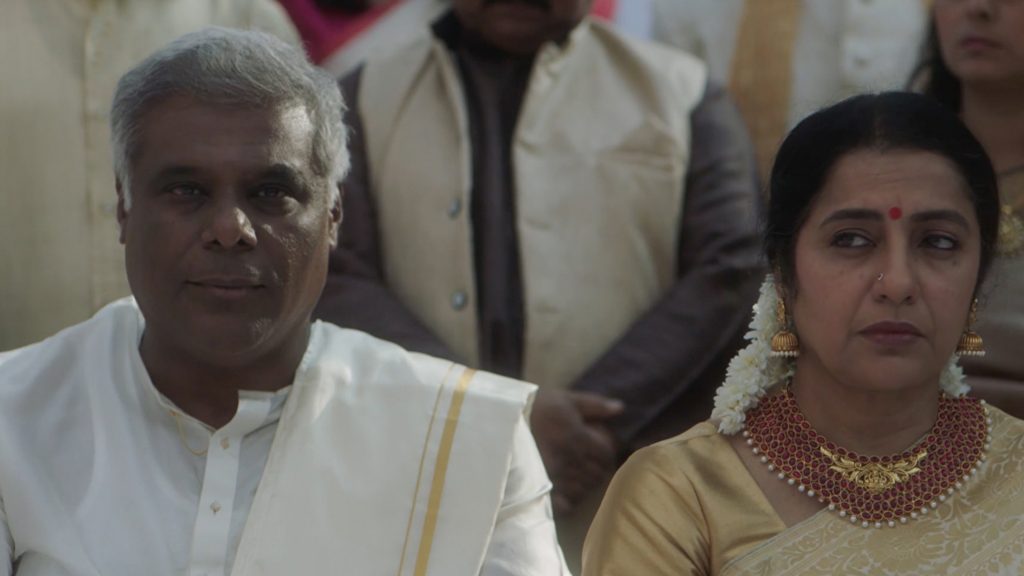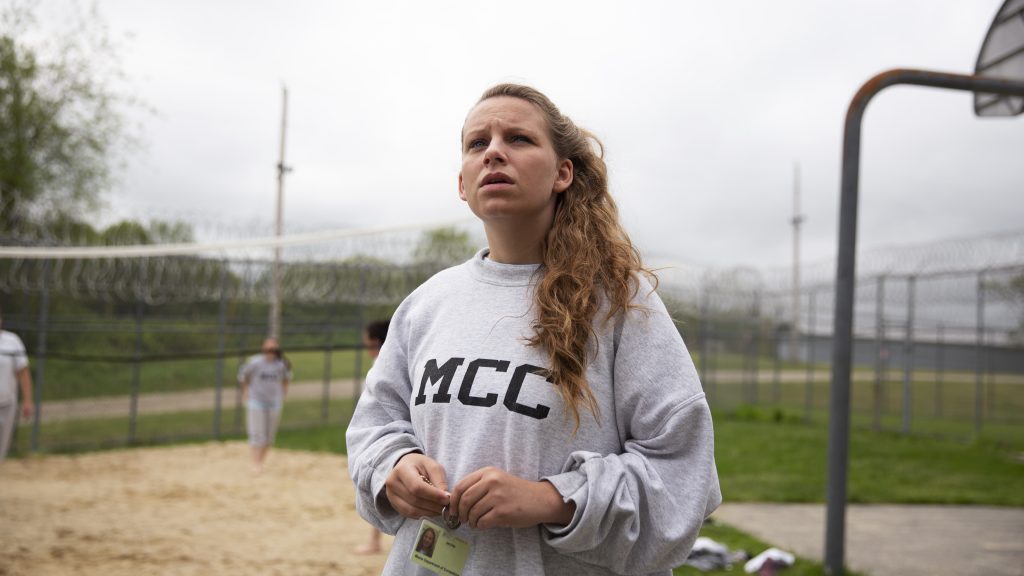September 6, 2021
by Carla Hay
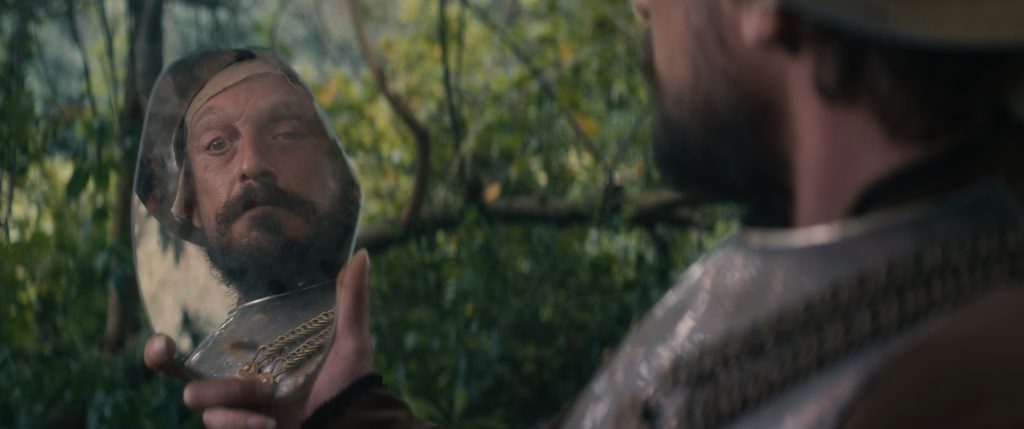
Directed by Rodrigo Reyes
Spanish and Nahuatl with subtitles
Culture Representation: Taking place in Mexico, the docudrama “499” features an all-Latino cast of characters representing the working-class and middle-class.
Culture Clash: A ghostly Spanish conquistador from the 1500s experiences culture shock when he finds himself in Mexico in the early 2020s.
Culture Audience: “499” will appeal primarily to people who are interested in movies that blend scripted content and non-fiction content to offer a social commentary on the effects of colonialism.

The docudrama “499” offers a bold satirical look at what would happen if a Spanish conquistador from the 1500s suddenly had to live in modern-day Mexico. The movie cleverly shows actor Eduardo San Juan Breña (also known as Eduardo San Juan) in the role of a ghostly, time-traveling conquistador who interacts with non-actors in Mexico. Various people, including this mysterious conquistador, provide voiceover narration. Needless to say, he can’t quite get over the shock that Spain is still not in control of Mexico.
This film won’t be appealing to everyone. And it could’ve easily veered into the type of “the joke’s on you” tone that’s seen in Sacha Baron Cohen’s “Borat” movies. However, “499” puts a unique spin on a story of colonialism and how colonialism’s effects still linger today.
The movie opens with a brief caption giving a history lesson for viewers who are unfamiliar with Spain’s takeover of the Aztec Empire in the land that is now known as Mexico. The caption reads: “In 1521, [Spanish conquistador Hernán] Cortés conquered the Aztec Empire. With a few hundred soldiers and thousands of native allies, he marched from the coast of Veracruz to the Aztec capital of Tenochtitlan.”
In “499,” it’s almost 500 years later after 1521. And the time-traveling, unnamed conquistador who becomes shipwrecked in Mexico is supposed to be some kind of ghost, but he can be seen by people. This conquistador was a soldier in Cortés’ army, and he has no idea how he ended up in modern-day Mexico. Get used to seeing several scenes where he reacts with shock to things such as cars, telephones and modern clothing.
The conquistador’s journey in the movie follows the same path that Cortés took in his invasion of the Aztec Nation. On the coast of Mexico, the conquistador washes up on the beach and is mystified by the sight of plastic cup and a motorcycle. He gets stared at by people on the beach who have no idea why this person is dressed as a conquistador.
The conquistador sees a water gourd, grabs it, and drinks it, as if he’s been thirsty for hours. In a daze and still trying tor figure out what happened and where he is, he then wanders into an elementary school. He collapses from exhaustion and confusion.
He’s next seen by himself outdoors, wondering to himself if he’s dead or in purgatory. Eventually, he meets a young man who says that the corrupt Mexican government abducted and killed the young man’s father for being an activist and a journalist. The father’s body parts were found in a bag.
As a parting gift, the son with this tragic story gives the conquistador a blank journal. The conquistador says in a voiceover, “Cortés would cry with rage to see the savages in charge again … I discovered they were the children of the devil.”
In other words, this isn’t going to be a cute and cuddly time-traveling story about a conquistador who overcomes his racial prejudice and adapts quickly to his new environment. He literally has an “old school” mentality that Spaniards are superior to the indigenous people of this area.
In the city of Veracruz, the conquistador encounters more evidence that Mexico has an epidemic of missing and murdered people. He meets a mother whose 24-year-old son is missing. And he walks through a protest where people are angry that the government isn’t doing enough to find the men who’ve gone missing in the area. In Veracruz, he also goes to a strip club, and his reaction is what you might expect it to be.
In the Sierra, he’s captured by men for trespassing in their wooded area, but he’s released to continue his journey. He also marvels at some pole acrobats. It’s a scene that makes him look like an awestruck tourist. The movie has touches of this type of comedy, but “499” doesn’t let people forget that this is a conquistador who is very unhappy at that the Spaniards are no longer in charge of the land that he and other Spanish soldiers invaded with Cortés.
In the Highlands, the conquistador ends up on the street with some young male Honduran migrants who are looking for work. One man tells the story of how he had to leave home because he was getting gang threats. The migrants also talk about the dangers of crossing the border into Mexico, such as people extorting bribes and train hopping that could lead to injuries or death.
The conquistador is not very pleased to be in the company of these poverty-stricken and desperate men. But this stranger doesn’t know how else he can find work to support himself. It’s not as if there are employment ads looking for a Spanish conquistador from the 1500s.
The conquistador mutters to himself about the Honduran migrants: “These miserable migrants chase after the promise of glory. They remind me of us.” It’s the first indication that this displaced conquistador begins to see that a Spanish soldier in Cortés’ army might have something in common with these Honduran migrants: being at the mercy of a system where only an elite group of people get most of the power, money and glory.
What works so well about “499” is that it shows how this unnamed conquistador gradually begins to understand the damage that was inflicted in the name of colonialism. And even when a country such as Mexico is independent from a colonial country, he learns that brutality and corruption are timeless plagues on any society. The movie intends to make viewers think about how much humanity has really progressed (or not) when certain atrocities still exist today.
In Paso de Cortés, the conquistador goes on a car ride with a military soldier-turned-drug runner, who hides his identity with face coverings. In Tenochtitlan, he meets another person grieving over a loved one: a mother named Lorena Gutiérrez, whose 12-year-old daughter was kidnapped and murdered, mostlikely by criminals involved with drug deal and/or sex trafficking.
The conquistador doesn’t talk much, but “499” is able to convey a detailed story without a lot of dialogue. His interactions with the non-actors in the movie might look too staged at time, which is expected since they knew they were being filmed for a movie. However, their conversations don’t look scripted. Viewers will get the impression that the people who had conversations with the “conquistador” were told about the concept of the film and were asked to tell their unscripted stories on camera.
Non-actors listed in the movie credits are Jorge Sánchez, Martha González and Sixto Cabrera, but it isn’t made clear who they are in the movie. San Juan Breña, who makes his feature-film debut in “499,” fully commits to his role, by moving and reacting as if he’s really from a Spanish conquistador from the 1500s. At times, it looks like he’s doing a comedy sketch, but he never strays too far from the movie’s generally serious tone.
Pablo Mondragón’s musical score for “499” perfectly captures the mood for each scene. And “499” director Reyes brings the right amount of light-hearted flair so that the movie’s tone doesn’t get too dark. The unnamed conquistador isn’t supposed to be a hero or a villain but someone who is a product of a certain environment at a particular point in time.
The end of the movie shows what happened to the conquistador. It’s enough to say that he doesn’t have a time travel machine that will take him back to the 1500s. How the movie concludes is a commentary on what can happen when people open their minds up to different perspectives.
Cinema Guild released “499” in New York City on August 20, 2021. The movie’s release expanded to Los Angeles on August 27, 2021, and San Francisco on September 3, 2021, with more U.S. cities in subsequent weeks.

